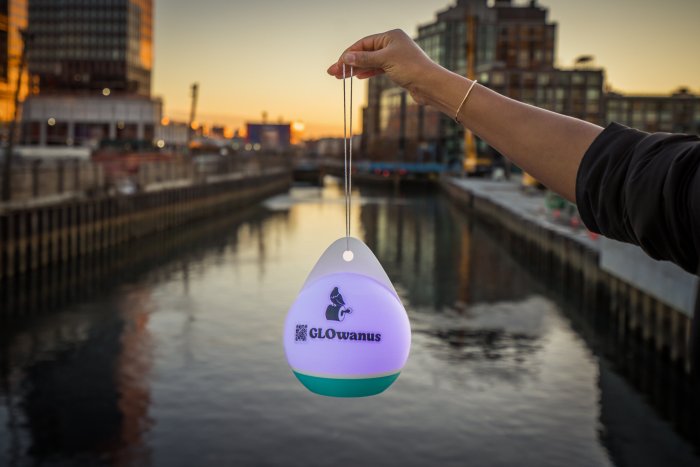Hopes for the Gowanus Canal to quickly be designated a Superfund site were reined in last Thursday night as a top federal official cautioned that it is very rare for a proposal to be approved in less than a year.
“It is unusual for a Superfund listing to be made in less than one year, even for sites that aren’t as controversial as this one,” said Walter Mugdan, the regional Superfund director for the Environmental Protection Agency, which started the Gowanus process in April.
Given how much time has passed — and how much is already known about the toxic corpse of water — hopes were high that this informational meeting would actually serve as the forum for announcing the Superfund designation.
No such luck.
Instead, Project Manager Christos Tsiamis explained that even before Superfund designation is achieved, the EPA will conduct another battery of tests in the canal zone to determine the level of human risk presented by the filthy waterway, as well as point the way toward the ideal clean-up method.
Superfund designation for the Gowanus Canal, running parallel to Third Avenue from Douglas to Ninth streets, would set into motion a scramble for funds from companies (and their successors) identified as responsible for polluting it over the past two centuries.
The list includes oil companies, the energy giant National Grid and even the U.S. Navy and the city of New York, whose faulty sewer systems dump millions of gallons of raw sewage into the canal every year.
The Bloomberg administration has its own plan for cleaning the canal, one that it says will be faster and avoid the stigma of Superfund designation in a neighborhood lusted over by many private developers. But many locals believe that the federal effort will be more comprehensive, even though it is likely to be slower and, like the city plan, does not fix the sewage overflows, which would cost billions to remedy.
Regardless of the dueling plans, the EPA is moving ahead with tests as if the designation were just around the corner. Here are some interesting aspects of the research that was set to begin this week:
• Further analysis of the 10–12 feet of industrial waste in the canal.
• Further analysis of the six feet of “native” sediment below the toxic junk.
• A study of the 200 “discharge pipes” feeding raw sewage into the canal, as well as a search for any others that have yet to be found. Researchers will also hunt down the source of all the pipes.
• Digging small, unobtrusive wells roughly three to six inches in diameter that will measure the contamination in the soil around the canal.
A timetable also emerged at the meeting.
Superfund designation should be announced sometime in early 2010. In the meantime, EPA officials said the sampling will begin and continue until late in the summer of 2010, which they will then analyzed by the end of that year.
Then, the agency will prepare a “feasibility study” proposing various methods for cleaning up the contamination, which it will file in late 2011. Then, the EPA — barring any delays, of course — will choose a plan of attack for cleaning the Gowanus Canal in 2012.


















